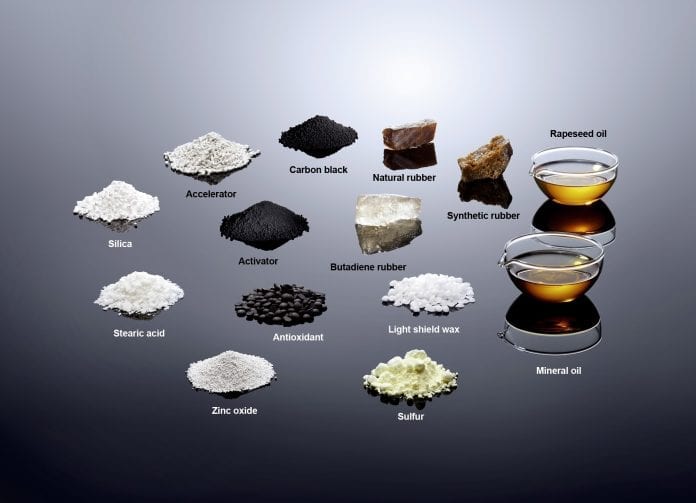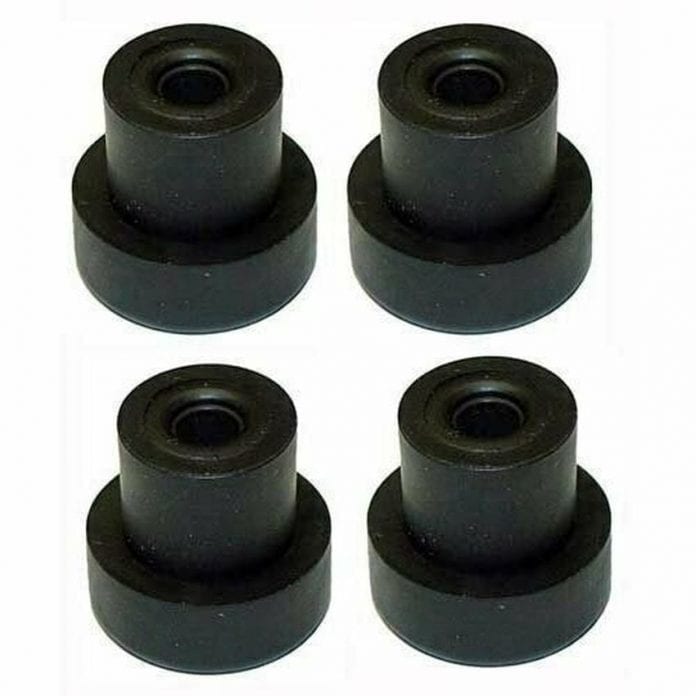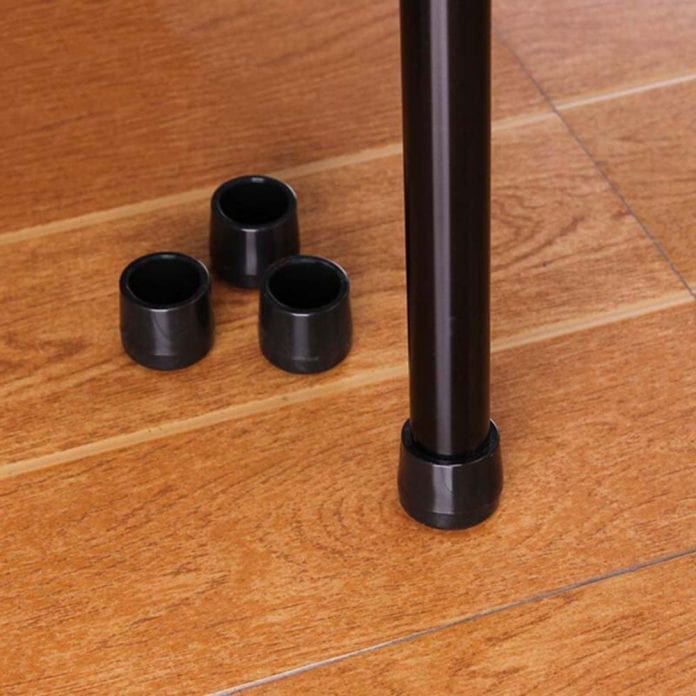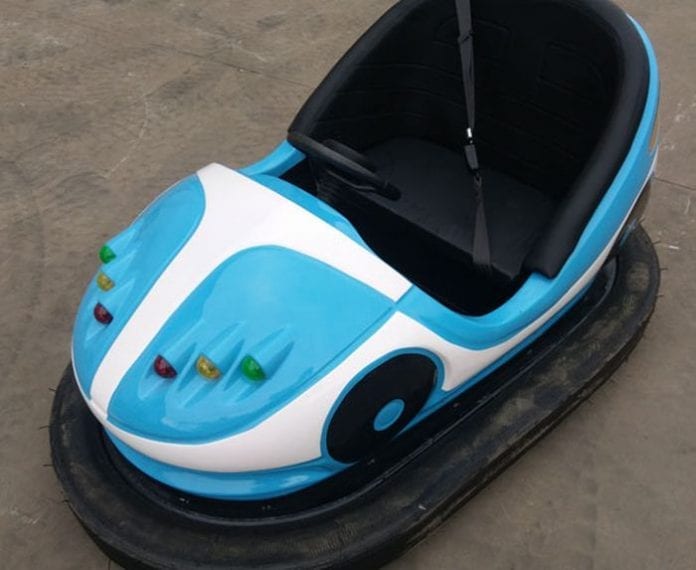What is your first association when you come across a protective rubber? For us, the first thing that comes to our mind is a smartphone protection case. This is a great way to protect your pocket assistant for only a few dollars. The wonderfully elastic property of the rubber protects our phones from dropping. But rubber is extremely popular in other applications, as well. Before we discuss some of them, we will briefly discuss the material itself.
There is natural and artificial rubber. The artificial rubber is produced from refining oil, while the natural one is obtained from latex, a milk colloid produced by some plants. Natural rubber producers have to cut the bark of a certain tree and collect leaking latex which is then processed into rubber. The history of rubber dates to the time when the first European settlers came to America. The tribes they met there made shoes and water containers from rubber. Some of this rubber can still be found among the today’s tribes of the Amazon River valley. Fascinating, isn’t it?

Now back to the present times. Today we use rubber for such a great variety of products, it would be impossible to list them all here. However, when it comes to everyday use, rubber bumpers have become a necessity. Some of their applications include door stops, chair legs protectors (here they protect the floor from scratching), and they also absorb vibrations in the modern machines (circuit boards, small fans, compressors, and pumps). These bumpers do not only reduce vibration and friction, but also soften unpleasant sounds. In short, they are very useful, both in industries, and also homes, hospitals, schools, libraries, and offices.
There is a wide range of rubber bumpers, especially when it comes to shape. They are produced for various purposes and their shape is adapted to a specific purpose. Some of the shapes include round, domed, rectangle, square, pointed, tapered rectangle, doughnut, stepped, pointed rectangle, oval, concave, convex etc. Well, we said they are very popular. Of course, bumpers come in different sizes also differing in thickness and depth. In some cases, the hardness of a bumper is also important because of the high temperature it needs to withstand, especially when being placed inside of machines or equipment that produces high friction resulting in high temperatures. In addition to all these adjustable parameters, you can also choose the color of the rubber bumper. The most common colors available are black, red, white, and gray and yellow, but there are also transparent bumpers. For the sake of esthetics, some manufacturers deliver bumpers in black-yellow, gray-red, black-beige, and all other color combinations that suit your needs and purposes.
You can always learn more about the products offered by a reputable manufacturer. This company has been in the business for more than 20 years and has so far produced over 18,000 bumpers for its happy customers. If you need fast service, we can’t recommend them more. For example, it will take them only 48 hours to turn a prototype in an actual product!
So, where else we can see rubber bumpers in action?
Car and truck industry

They can be found literally everywhere on and in the vehicles. If we talk about outdoor use, car and truck manufacturers use them for protection and safety. However, they blend them nicely with the shape and design of a vehicle, that sometimes we don’t even notice them. Moreover, you will find them in a vehicle’s cooling system, its doors, the glove box, and the license plate, to name a few places. The bumpers used on vehicles are corrosion resistant because they are exposed to constant weather changes, from hot summer to extremely cold winters.
In the office
In addition to the rubber bumpers located on the legs of comfortable office chairs, there are also bumpers located on the bottom of keyboards, mouses, and especially laptops that play a role in reducing heat. The little bumpers also keep your office equipment more secure on the large desks, preventing any kind of unwanted slides. You will probably want your office to be soundproofed and you can achieve this by using rubber door seals – another application a the rubber bumper.
In the kitchen

Rubber bumpers are very useful on kitchen appliances such as blenders, toasters, and coffee makers so they don’t slip and break from smooth and often wet kitchen surfaces. They are often used as a support for glass or wooden tables, keeping their surfaces firm.
In the kitchen, rubber bumpers are often placed on cabinet doors and drawers, so that these movable parts don’t make a lot of noise when being opened and closed. The good news is, you can buy bumpers that fit color of the furniture and placed them by yourself. When installing bumpers on your furniture, and pretty much any other surface, we suggest the following steps:
- Clean the surface on which you intend to put the rubber bumper. If there are traces of dirt or dust, it is necessary to clean the surface with a swab containing diluted ethyl alcohol.
- When you are sure that the surface on which you want to place the bumper is clean, remove the bumper from its package, making sure you don’t touch pre-applied adhesive glue.
- Estimate the correct position for applying the rubber pad and place it lightly, then press a little harder with your hand to keep it in place. It is important not to overdo it because it will take around 24 hours for the bumper to attach firmly and becomes usable.
If you want to place some rubber bumpers on your chair legs, the process is similar. It is necessary to place it on the leg of the chair and just apply pressure so that the leg usually falls into the adhesive.

As you can see, the rubber bumpers are highly useful and popular for different applications. Even though their purpose is often very similar, preventing vibration, damage, and loud sounds, bumpers vary in shape and size. They require some effort and time to be installed on different surfaces, but they certainly contribute greatly to our everyday safety and comfort.









